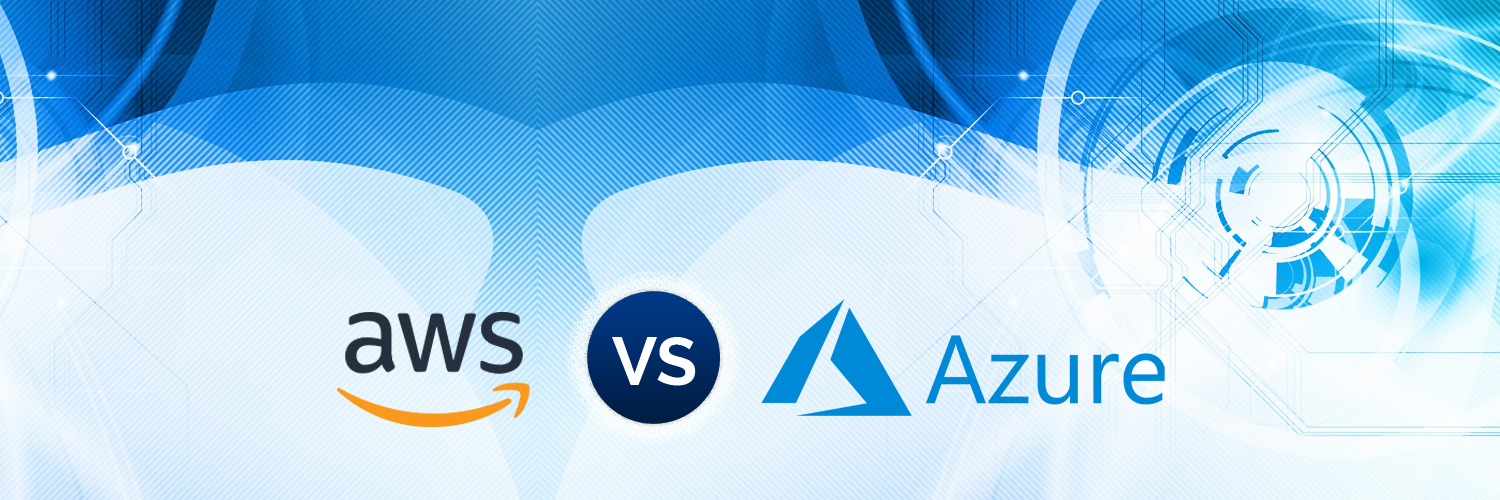Nowadays, public cloud computing is an essential part of thriving technology with a number of famous entities. In this article, we are going to lighten up the differences between the two of the renowned cloud computing names i.e. Amazon Web Services vs Microsoft Azure or AWS vs Azure, let’s get started.
Computer Power
Talking about the computing power AWS EC2 can configure their own selected customize MIs and pre-configured machine images. With this cloud computing, a user can select size, power, and capacity that can be choosed from different regions and availability zones. While on the other hand, Azure provides virtual hard disk which is almost equivalent to a machine instance for the creation of VM. In Azure, the user must specify the amount of core and memory.
Storage
AWS offers temporary storage which is allocated as the instance is created and destroyed as soon as the instances get destroyed. It also provides the block storage the same as that of the hard disk that can be easily separated or attached to an instance. Object storage is offered with S3 and glacier with data archiving services. Moving to its rival, Azure provides the storage via D drive, not only the D drive but also block bobs and files also act as object storage. It also supports NoSQL and Big Data via HDinsight and Azure table. Azure also provides import, export, site recovery and Azure backup for the recovery and additional archiving option.
Network
With Amazon, users can create isolated networks within the cloud as it offers virtual private cloud facility. A user can also build subnets, private IP address ranges, network gateways, and route tables. Switching to Azure, it offers VNET which stands for virtual network and not only allows the user to create isolated networks but also subnets, route tables, and network gateways. Both the companies provide the best services and offer solutions to extend the on-premise data center into the firewall and cloud option.
Price
Amazon follows a pay-as-you-go model where they charge per minute which makes it an exact pricing model. The Instances can be purchased in following manners which are as follows:
- On Demand:
In this purchase, the user needs to pay for what they use without any upfront cost.
- Reserved:
One can reserve the instance for 1 or 3 years of duration with upfront cost based on the use.
- Spot:
Customers look for extra availability of capacity.
Inching towards the pricing of Azure, it also follows the same model as that of Amazon which provides the more exact pricing model. It also offers short duration commitments with an option of monthly or pre-paid charges.
Support Plans
The pricing of AWS is based on the sliding scale for the monthly usage, so the bill or the charges may reach a high extent if you are a heavy user. Inching towards the plans of Azure, users are charged based on the monthly rates.
In the above sections, we have mentioned a number of differences for AWS vs Azure, but this is not the end about the same. If you are eager to know more about these cloud computing services, you may reach out to us at [email protected]. We are round the clock available and will be extremely happy in dealing with all your technical challenges. Feel free to connect with us via a mail mentioned above.


